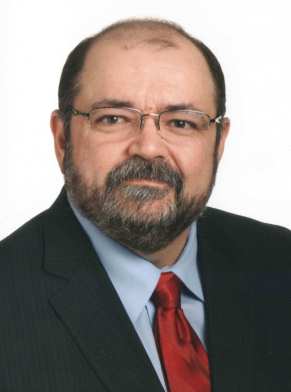
James W. DuMond Jr
Professor, Department of Environmental Science
Marist College, USA
Dr. James W DuMond, Jr.is the Dean of the School of Science at Marist College and prior to heserved as associate dean of academic affairs for the College of Science and Technology at Texas Southern University (TSU), where he developed the Department of Environmental Sciences and the university’s Proteomics and Functional Genomics Facility. Dr. DuMond received his PhD in environmental health sciences/environmental toxicology from the University of Alabama at Birmingham in 1999, MS in industrial hygiene from Montana Tech, and BS in biology & minor in geology from Eastern Montana College. Dr. DuMond’s current research focuses on the effects of chemicals on genomic stability. This is accomplished by assaying a chemical’s ability to perturb cell proliferation, cell cycle kinetics, and disrupt DNA repair, which lead to developing a biomolecular model that assesses the ability of chemicals to produce genomic instability at both the genomic and epigenetic levels.
For the last two decades, my research focus has been on how environmental conditions and contaminates are able to perturb the process of DNA repair, which can lead to genomic instability. To date, my research has examined the effects of various chemicals such as environmental estrogens, nicotine, alcohol and heavy metals on genomic stability in addition to examining the effect of simulated microgravity for the same end point. Fundamentally, the process of DNA repair is time dependent and has a distinct preference to repair areas of active transcription over areas that are not being actively transcribed. Hence it is reasonable to conclude that actively dividing cells are more susceptible to genotoxic agents then cells that are at rest. Based on this deduction, it can be further postulated that any condition that “temporarily” perturbs the process of DNA repair during cell division could result in an increased rate of mutation and that inactive areas of DNA will be the most susceptible for mutations. This increase rate of mutation could ultimately lead to the loss of genomic stability through perturbation of gene expression and eventually to the induction of cancer. This is of course a rather simplistic view of mechanisms the involved, which are inherently more complex. However, research to date is in support of this hypothesis. For the future, my research will continue to identify additional chemicals and combination for their ability to perturb genomic stability and shall be expanded to focus on prevention through potential gene therapies whereby DNA repair is up regulated, which is postulated to increases a cell protection against potential mutations.
Journal of Environmental Analytical Chemistry received 1781 citations as per Google Scholar report